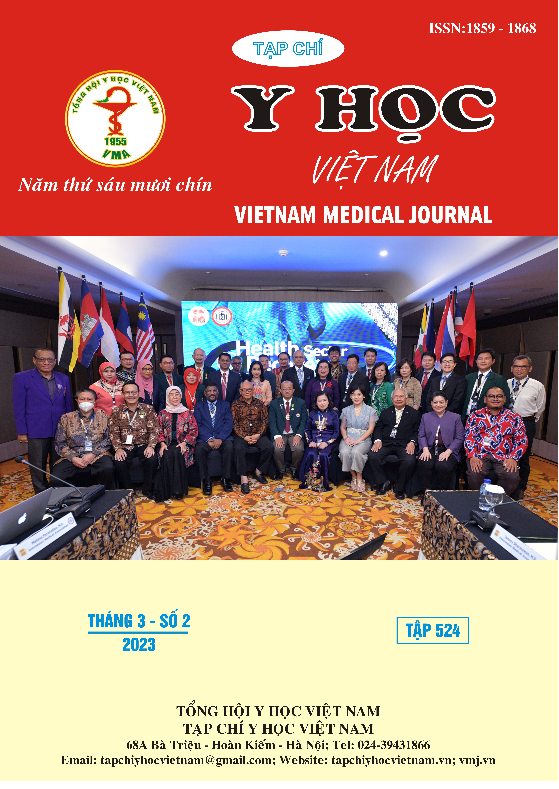DEPRESSION STATUS OF PATIENTS AFTER COVID-19 TREATMENT AT AGRICULTURAL GENERAL HOSPITAL IN 2022 AND SOME RELATED FACTORS
Main Article Content
Abstract
Background: Depression is one of the psychological traumas caused by the COVID-19 pandemic to patients with Covid-19, affecting the patient's quality of daily life. Objectives: Determining the depression status of patients after Covid-19 treatment at Agricultural General Hospital in 2022 and some related factors. Methods: Cross-sectional survey, quantitative research. Results: The study collected information from 400 patients after Covid-19 treatment at Agriculture General Hospital through questionnaire. The study results showed that, the rate of patients feeling depressed was 58,8%, of which 9,8% of patients with mild depression and 31% of patients with severe depression. The factor related to patient’s depression include: education, employment, income, financial change, living status, living with children under 18 years old, post-covid-19 infection, source of Covid-19 infection, treatment level, co-morbidities and hospital landscape (p<0.05).
Article Details
Keywords
Depression, Covid-19 patients, related factors.
References
2. World Health Organization (2022), “Newsrom”, Coronavirus disease (COVID-19): Post COVID-19 condition.
3. World Health Organization (2022), “Coronavirus disease (COVID-19) Situation Report”, Emergency Situational Updates – 20 April 2022.
4. Rass V, Ronny B, Schiefecker, et al. (2022), “Neurological outcomes 1 year after COVID-19 diagnosis: A prospective longitudinal cohort study. European journal of neurology” pp:1-12.
5. Hoàng Minh Nam, Hòa Thị Hồng Hạnh, Trần Thị Hồng Vân, Nguyễn Thị Quyên, Nguyễn Thị Phương Lan, Hạc Văn Vinh, Trình Quỳnh Giang (2021), “Ảnh hưởng của đại dịch COVID – 19 đến công việc, cuộc sống và sức khỏe tâm thần của người dân tỉnh Thái Nguyên năm 2020”, Tạp Chí Y học Dự phòng, Số 31, Tập 2, tr.49–55.


